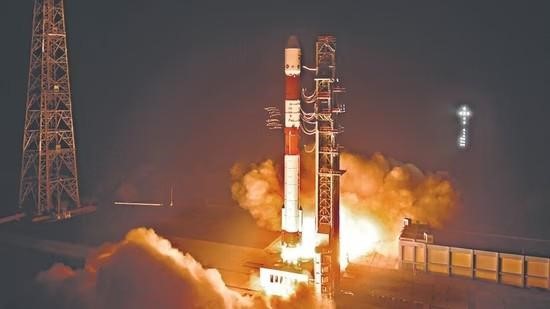ISRO’s SpaDeX Experiment Paves Way for Chandrayaan-4
Why in the news?
ISRO’s SpaDeX mission mrks a significant step towards mastering space docking technology. The successful docking of satellites is crucial for Chandrayaan-4, enabling lunar soil sample retrieval and future space station missions.
SpaDeX: Pioneering India’s Space Docking Technology:
- ISRO launched the PSLV-C60 mission, placing two 220 kg satellites in orbit for its first Space Docking Experiment (SpaDeX).
- The satellites, currently 20 km apart, will rendezvous and dock around January 7, demonstrating India’s progress in space docking technology.
- Docking is essential for Chandrayaan-4 and future missions, enabling modular launches and in-space assembly.
Significance of Docking for Future Missions
- Docking is critical for assembling modules in space, particularly for the upcoming Bhartiya Antriksh Station (BAS) by 2035.
- Mastering docking will enable ISRO to support its goal of sending an Indian astronaut to the moon and maintaining a permanent presence in space.
- The SpaDeX satellites orbit Earth at 475 km, traveling at 28,000 km/h, showcasing the technical challenge of matching and docking their speeds.
Chandrayaan-4: Advancing Lunar Exploration
- Chandrayaan-4 aims to bring lunar soil samples to Earth through multiple docking and undocking maneuvers.
- The mission will utilize two Launch Vehicle Mark-3 (LVM-3) rockets, with modules operating in tandem.
- ISRO plans additional launches in 2025, including four GSLVs, three PSLVs, and one SSLV, enhancing India’s space capabilities.
This initiative strengthens India’s position in space exploration, paving the way for ambitious projects and technological self-reliance.
Sources Referred:
PIB, The Hindu, Indian Express, Hindustan Times




